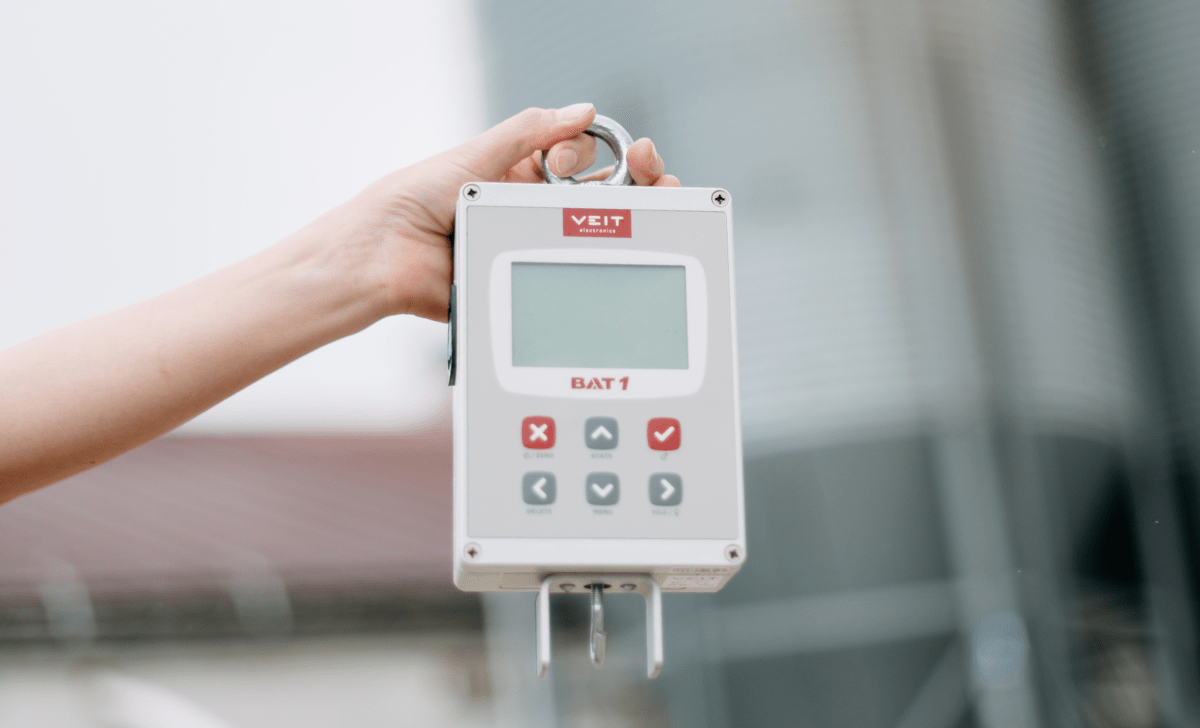Getting accurate weight data from your poultry scale can make or break your operation’s profitability. Whether you’re running small scale chicken farming or managing large scale chicken farming operations, the difference between success and failure often comes down to one simple step: proper calibration.
The Hidden Cost of Poor Calibration
Many farmers overlook calibration, thinking their digital weighing scale for chicken will stay accurate forever. This mistake can cost thousands in lost profits. When your poultry weighing scale isn’t properly calibrated, you’re essentially flying blind with unreliable weight data.
Inaccurate poultry weight readings lead to poor feed conversion calculations, missed health warning signs, and birds that don’t meet processing weight targets. The ripple effects hit your bottom line hard.
Simple Steps to Calibrate Your Scale
Proper scale maintenance starts with regular calibration. Here’s how to ensure your chicken weighing machine price investment pays off with reliable results:
Step 1: Check the Environment Place your scale on a level, stable surface away from vibrations, air currents, and temperature changes. Even small environmental factors can throw off readings.
Step 2: Use Certified Weights Start with known weights that match your typical bird weights. For chicken scales used in broiler operations, test weights between 500g and 3kg work well. For layers, adjust accordingly.
Step 3: Zero the Scale Always zero your scale before adding test weights. This baseline reading ensures accuracy across the full weight range.
Step 4: Test Multiple Points Don’t just test one weight. Check at least three different weights across your normal range. This confirms your scale maintains accuracy throughout its operating spectrum.
Step 5: Document Results Keep records of calibration dates and results. Industry experts recommend monthly calibration checks for most operations.
Advanced Features That Reduce Calibration Headaches
Modern poultry weighing scales like the BAT1 Manual Poultry Scale offer built-in features that maintain accuracy longer. These specialized scales provide precision to within 1 gram and include automatic data recording that prevents human error.
The BAT1’s rugged design handles the dust, noise, and humidity of poultry houses while maintaining consistent performance. Its internal memory stores thousands of weight entries, making it easier to track calibration performance over time.
When to Recalibrate
Don’t wait for obvious problems to appear. Recalibrate your digital weighing scale for chicken when you:
– Move the scale to a new location
– Notice weights that seem off from expectations
– After any impact or rough handling
– Monthly during heavy use periods
– Before critical weighing sessions
The Bottom Line
Proper calibration isn’t optional in profitable poultry operations. It’s the foundation that makes all your other management decisions possible. When your poultry scale gives you reliable data, you can confidently adjust feed programs, identify health issues early, and hit processing targets consistently.
Ready to upgrade your weighing accuracy? The BAT1 Manual Poultry Scale delivers the precision and reliability your operation needs. Learn more about professional poultry weighing solutions and protect your profits with data you can trust.
